What exactly is “science fantasy?”
We were lucky enough to find these old editions at Irvington Vinyl & Books.
I finally got around to watching Disney’s John Carter, a reasonable adaptation of Edgar Rice Burroughs’ John Carter of Mars novels. It was fun, a little too cute for my tastes (thanks Disney), but great effects and a solid plot that (mostly) kept moving–despite trying to sum up three books in two hours.
Burroughs Mars series is a great example to point to when someone asks “What exactly is science fantasy?” Michael and I have heard that question more than a few times since we started sharing our Things They Buried publication plans (early 2019) with friends, family and anyone else who’ll listen. We’d point to Dune or the Dragonriders series or even some of Moorcock’s catalog, but didn’t really have a definitive answer. Being talented with words as I am, I mostly stumbled around my definitions without much clarity, saying things like “a science fiction world with a fantasy premise” or “a universe with a mix of high and low tech.”
Then I got wise and scoured the Internet for a good definition. It took all of about 30 seconds to find.
Wikipedia says: “Distinguishing between science fiction and fantasy, Rod Serling claimed that the former was ‘the improbable made possible’ while the latter was ‘the impossible made probable.’ As a combination of the two, science fantasy gives a scientific veneer of realism to things that simply could not happen in the real world under any circumstances.”
While I don’t always trust what Wikipedia says, in this case, it provided a far better definition than anything I had come up with…though I also like the short version: “sword and planet.”


